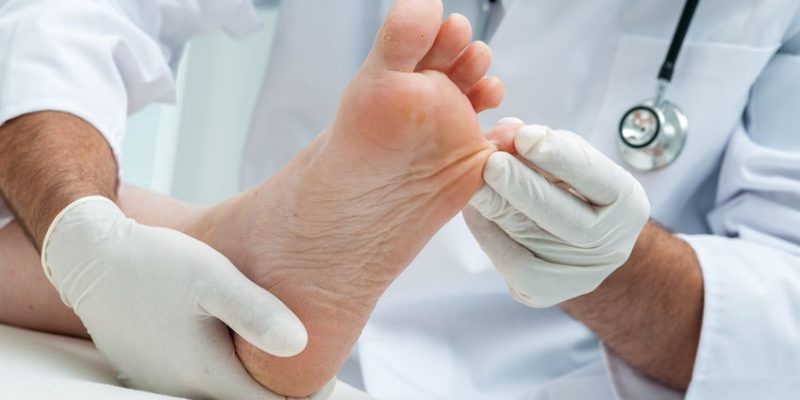When you have diabetes, you become prone to infections, poor blood circulation, and damaged nerves. These conditions can lead to foot problems like diabetic infections and foot ulcers. If you are struggling with such problems, your Bakersfield diabetic foot care specialists at Heart Vascular and Leg Center can help make your life bearable.
Signs of diabetic foot problem
Some of the signs that will indicate a foot problem include:
- Numbness where you cannot feel when touched or if something is hot or cold
- Painful feet, burning, and tingling experience
- Changes in your feet shape and color
- Sores, blisters, infected corns, and red spots on your skin
Why go for diabetic foot care
It is essential to visit your doctor for diabetic foot care to avoid limb-threatening conditions. Untreated sores, blisters, and ingrown toenails can cause challenges because of poor blood circulation. Afterward, the tissue and skin die due to the unhealed infection leading to amputation of your foot or toe.
What to expect when you go for diabetic foot care
Your doctor will recommend you to eat a balanced diet with lots of vegetables and fruits and do some regular exercises to boost your immunity and keep your body fit. Your doctor will share the various ways you can take care of your foot at home, including:
Checking your feet and toes
Every day it is good to check your feet and toes for any corns, blisters, signs of dry cracking skin, swelling, pain, cuts, ingrown toenails, athletes’ foot, and sores using a mirror to examine the color of your foot.
Washing your feet
Wash your feet with warm water to prevent scalding, and using a mild soap while avoiding soaking them. Using a soft towel, dry them well, including in between your toes, to prevent infection. Apply a soothing moisturizer on your dry skin.
Shoes selection and socks
Your doctor will advise you to avoid high-heeled shoes and flip-flops. Choose a comfortable shoe that fits you well, and always wear socks that are seamless, not too tight, clean, dry, and padded to avoid damaging your feet.
Practice good foot habits
Avoid walking barefoot to protect you from injuries and sores, which can contract some infections. Also, preserve your feet from cold and heat. If you have corns or calluses, do not remove them at home. Allow your doctor to remove them to avoid further damage.
Diabetic foot screening
When you go for diabetic foot care, your doctor will conduct a diabetic foot screening to pick out and monitor diabetic foot symptoms. The screening will also help lower the risk of getting foot complications because you will receive information on controlling glycemic and taking good care of your foot. Your doctor will implement early intervention measures to prevent severe complications.
Diabetic foot treatment
After the screening, your doctor will prescribe antibiotics for any infection and other anti-inflammatory medications and recommend different treatment options. These can include glucose monitoring, custom orthotics, smoothing calluses and corns, nail trimming, and diabetic socks according to your need.
If you have diabetes, do not hesitate to call or book an appointment online with Heart Vascular and Leg Center to prevent diabetic foot complications.













Comments